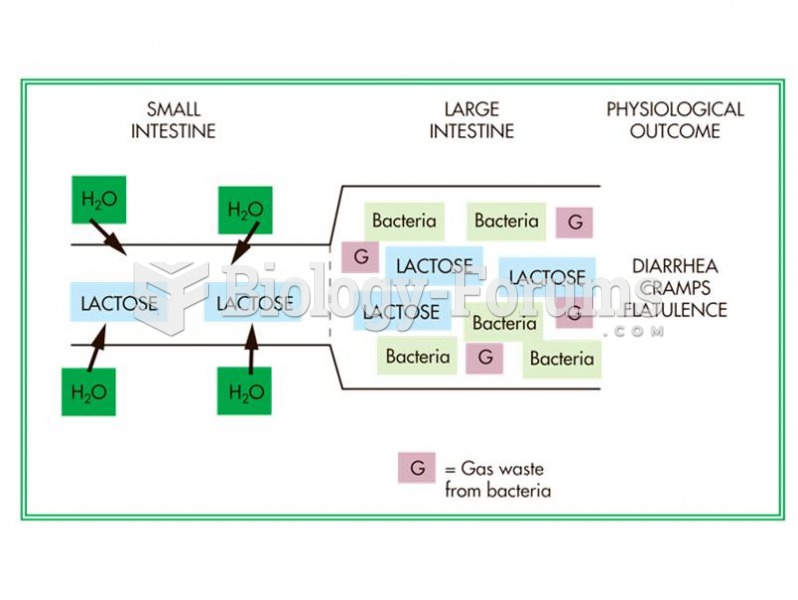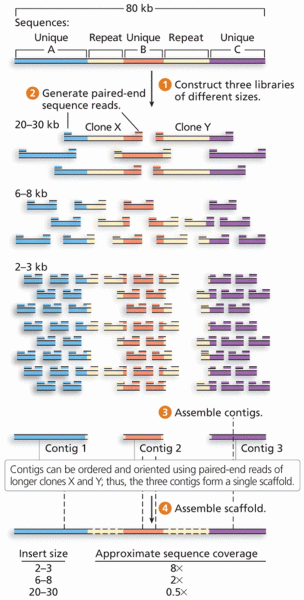Answer to Question 1
Answer: C
Explanation: A) Incorrect. Statement 1 is false. This is a strategy for neutralizing retribution, not reciprocity. Statement 2 is true. By examining the intent of favor-giving activity, you will be wary of gifts that come with too many strings attached. Statement 3 is true. Tell them that these manipulative bargaining tactics must stop or you will break off negotiations.
B) Incorrect. Statement 1 is false. This is a strategy for neutralizing retribution, not reciprocity. Statement 2 is true. By examining the intent of favor-giving activity, you will be wary of gifts that come with too many strings attached. Statement 3 is true. Tell them that these manipulative bargaining tactics must stop or you will break off negotiations.
C) Correct. Statement 1 is false. This is a strategy for neutralizing retribution, not reciprocity. Statement 2 is true. By examining the intent of favor-giving activity, you will be wary of gifts that come with too many strings attached. Statement 3 is true. Tell them that these manipulative bargaining tactics must stop or you will break off negotiations.
D) Incorrect. Statement 1 is false. This is a strategy for neutralizing retribution, not reciprocity. Statement 2 is true. By examining the intent of favor-giving activity, you will be wary of gifts that come with too many strings attached. Statement 3 is true. Tell them that these manipulative bargaining tactics must stop or you will break off negotiations.
E) Incorrect. Statement 1 is false. This is a strategy for neutralizing retribution, not reciprocity. Statement 2 is true. By examining the intent of favor-giving activity, you will be wary of gifts that come with too many strings attached. Statement 3 is true. Tell them that these manipulative bargaining tactics must stop or you will break off negotiations.
Answer to Question 2
Answer: A
Explanation: A) Correct. The neutralizing strategies for retribution are (1) Use countervailing power to shift dependence to interdependence. This lessens the perceived inequality in power. (2) Confront the exploiting individual directly. (3) Actively resist.
B) Incorrect. Retribution is not an attempt to bargain, it is an attempt to coerce or intimidate. The neutralizing strategies for retribution are (1) Use countervailing power to shift dependence to interdependence. This lessens the perceived inequality in power. (2) Confront the exploiting individual directly. (3) Actively resist.
C) Incorrect. Retribution is not a logical request, it is an attempt to coerce or intimidate. The neutralizing strategies for retribution are (1) Use countervailing power to shift dependence to interdependence. This lessens the perceived inequality in power. (2) Confront the exploiting individual directly. (3) Actively resist.
 Species currently endangered in Canada include (a) the Burrowing Owl, Athene cunicularia; (b) Taylor
Species currently endangered in Canada include (a) the Burrowing Owl, Athene cunicularia; (b) Taylor
 Invasive species in Canada include (a) zebra mussels, Dreissena polymorpha, (b) sea lamprey, Petromy
Invasive species in Canada include (a) zebra mussels, Dreissena polymorpha, (b) sea lamprey, Petromy
 Physiological effects of the accumulation of lactose in the intestines of a lactose-intolerant indiv
Physiological effects of the accumulation of lactose in the intestines of a lactose-intolerant indiv




